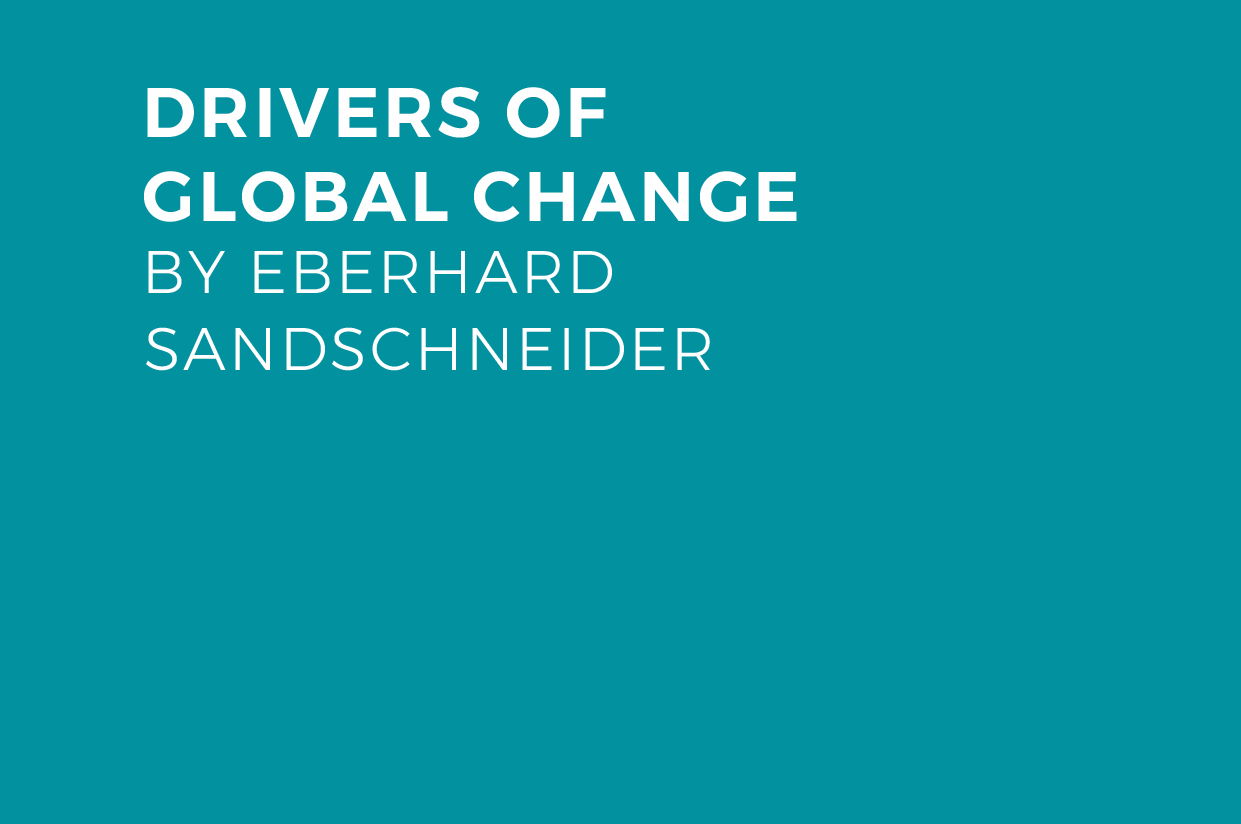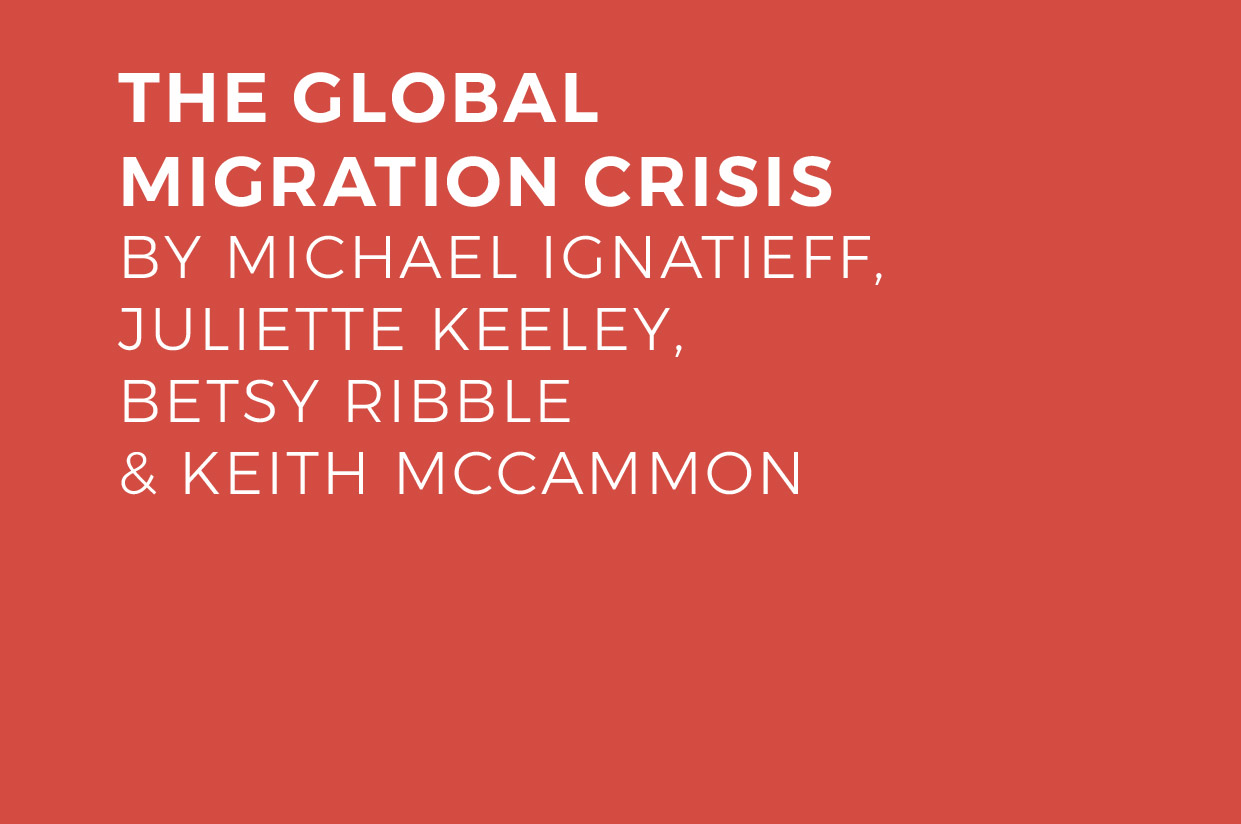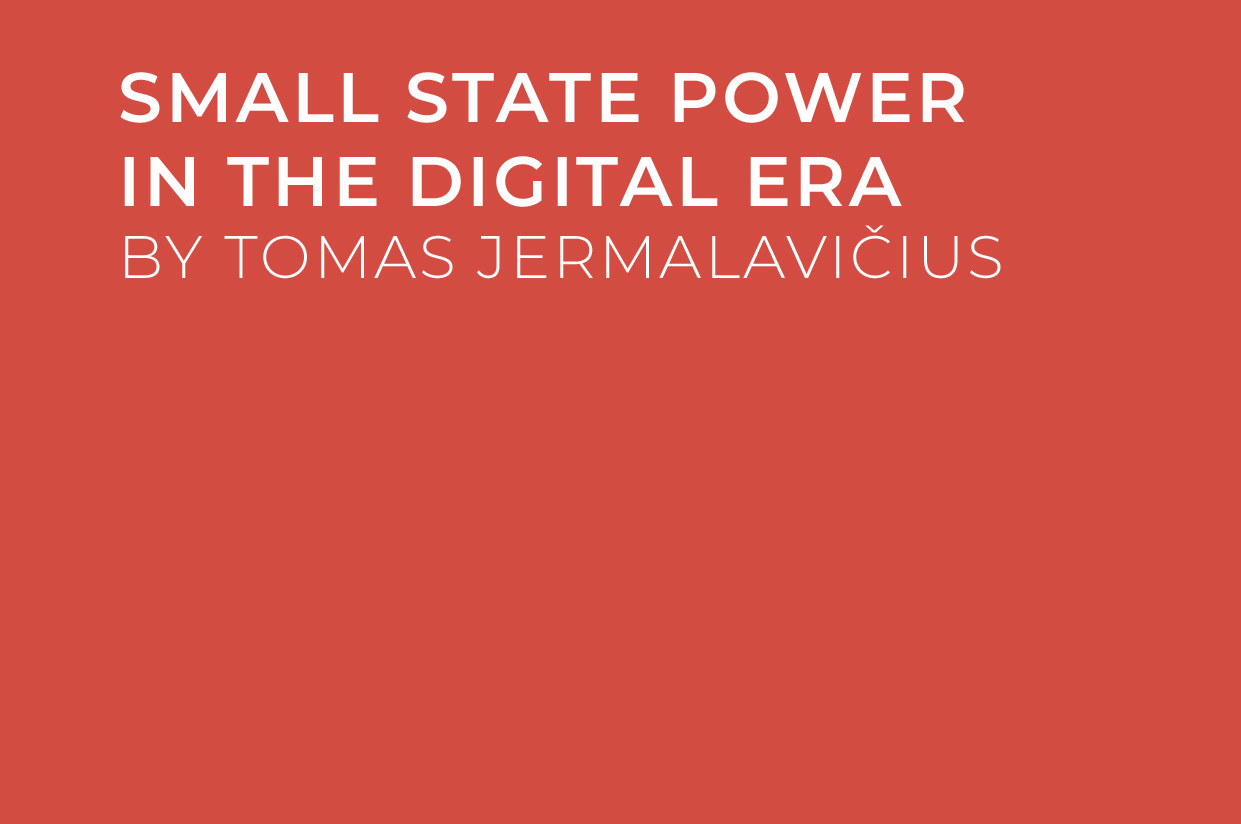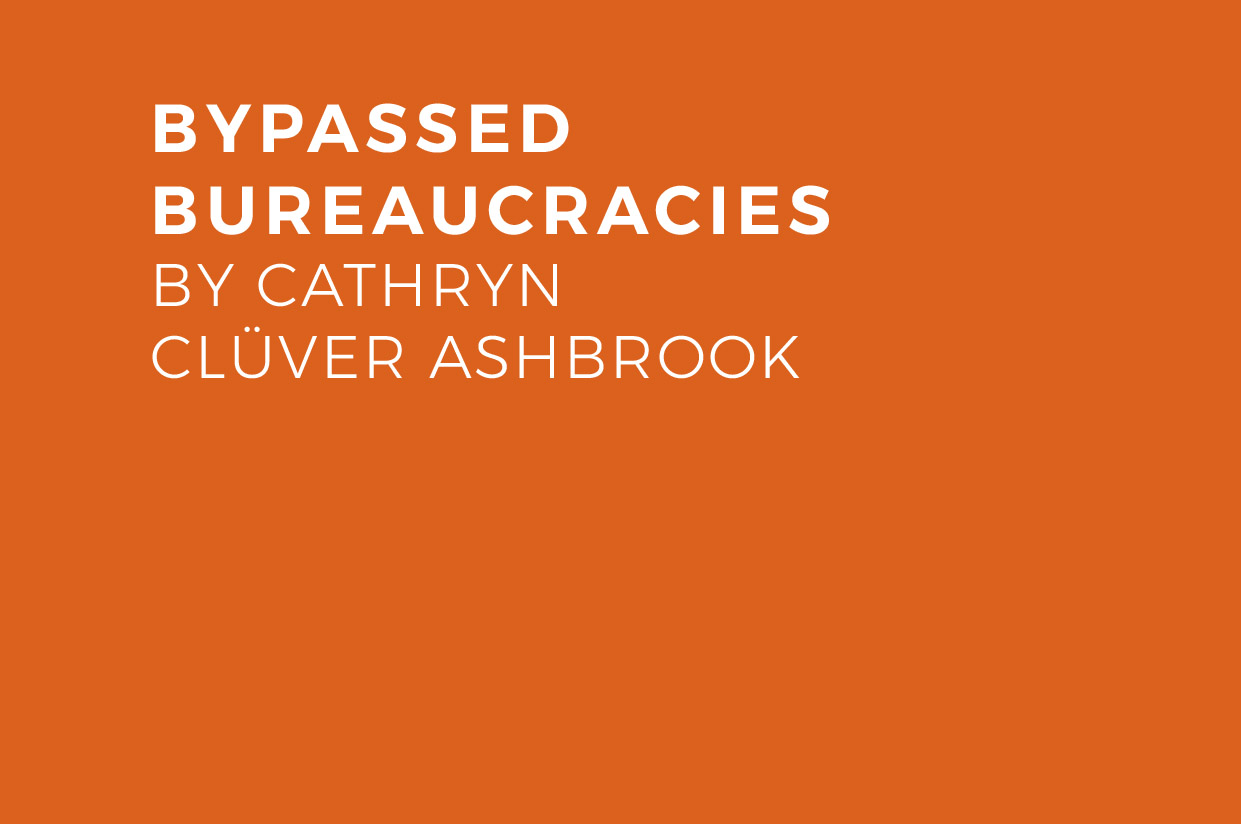
Feed the Tree
A plan to catalyze investment in global forest health
By William Bumpers, Mary Grady, and John Kadyszewski
Preserving and expanding the world’s forests offers one of the most important and cost-effective means of combatting climate change. But to date, financial drivers to achieve forest preservation and expansion have been sorely lacking. An important new initiative— the Architecture for REDD+ (Reducing Emissions from Deforestation and forest Degradation) Transactions (ART)—aims to change this. ART provides needed confidence in the environmental and social integrity of forest emissions reductions to catalyze new, large-scale, market-based finance for REDD+.[1] ART’s architecture includes rigorous standards to quantify emissions reductions from REDD+ activities at a jurisdictional and national scale, and a comprehensive process to transparently register, verify, and issue high-quality, serialized forest carbon credits.
Opportunity for Forests
The recent Intergovernmental Panel on Climate Change (IPCC) emphasizes the urgency of addressing all sources of greenhouse gas emissions. Deforestation and forest degradation contribute at least 16 to 19 percent of total annual global carbon dioxide emissions, with recent estimates ranging as high as 17 to 33 percent.[2] The Nature Conservancy and the World Resources Institute estimate that the combined climate impact of halting deforestation, restoring cut forestland, and improving forestry practices could remove seven billion metric tons of carbon dioxide each year; this represents over 30 percent of the mitigation the IPCC says we need through 2030 to limit global warming to 1.5°C.[3]
Despite broad global agreement on their importance, forests and the vast stores of carbon they contain are being decimated. Recently, the University of Maryland’s Global Forest Watch reported that old growth (also known as primary) tropical rainforest losses in 2019 were the third highest since the turn of the century following historic highs in 2016 and 2017.[4]
Despite broad global agreement on their importance, forests and the vast stores of carbon they contain are being decimated.
We need look no further than Brazil, where fires in the Amazon last year were up 60 to 80 percent over the previous year and scientists have warned [5] that accelerating deforestation fueled by illegal agriculture and mining could push the Amazon past a frightening tipping point [6], transforming one of the most biodiverse regions in the world into a savanna.
Approximately one third of global primary forest loss in 2019 was in Brazil. One reaction to the tragedy in the Amazon has been to criticize Brazil’s political leadership for its failure to enforce existing laws that would have undoubtedly prevented many of the fires. But the larger truth is that the fires wouldn’t happen if landowners had a clear financial benefit from forest conservation and restoration.
The governments of Norway, Germany, and the United Kingdom have committed billions of dollars to reduce deforestation and forest degradation. In addition to paying country governments for preserving forests, they have worked with the United Nations and the World Bank to build global capacity for understanding drivers of deforestation and for measuring and monitoring carbon stocks in forest ecosystems. It is a good start but not enough. The historic Paris Climate Accords challenged the world to implement strategies and partnerships to confront climate change from the bottom up while meeting common guidelines for high environmental integrity, social inclusion, and transparent accounting. Unfortunately, progress on international climate negotiations has been painfully slow.
Private Sector Leadership
Yet, there is reason to be hopeful about the future of the world’s forests. Private companies have received the message from scientists and are beginning to act, in some cases going beyond carbon neutral commitments to carbon negative commitments. Microsoft, for example, has committed by 2050 to remove from the environment all the carbon the company has emitted either directly or by electrical consumption since its launch, in 1975. For companies seeking to achieve carbon neutrality or carbon negative goals, forests represent the most powerful, economically efficient, and fast-acting tool available.
Costa Rica has demonstrated what can be accomplished with forest conservation and restoration through smart public policy and an emphasis on expanding its tourism industry. Over the past 25 years, Costa Rica has doubled the size of its tropical forests even as the country’s economy has grown.
Costa Rica has demonstrated what can be accomplished with forest conservation and restoration
The world needs more countries to achieve the successes of Costa Rica. But large-scale forest-carbon finance will not appear on its own. Tropical-forest jurisdictions need funding for investments in government programs to reduce the drivers of deforestation and promote sustainable and equitable green growth for forest communities. Robust markets for forest carbon credits can play a major role in driving national policies to curb deforestation. By putting a value on standing forests, based on their ability to remove carbon from the atmosphere, these markets can help ensure that forest landowners, communities, indigenous people and governments financially benefit from protecting and restoring forests and investing in green growth. The price offered for emission reductions and subsequent sequestration will affect how—and how quickly—governments act.
Positive economic incentives are critical to encourage both governments and private actors to transition to more equitable and sustainable models of agricultural and rural economic development. Results-based forest finance – driven by government commitments, as well as voluntary and compliance carbon markets, and international cooperation under the Paris Agreement to achieve Nationally Determined Contributions—will be essential to mobilize finance on the scale needed to address climate change.
Leveraging Capital
That can only happen if there are clear market signals that financially reward countries and communities that opt to preserve and restore their forests rather than clear them for agriculture and resource extraction. Unfortunately, the imbalance of investments devoted to conservation compared to development is staggering. Annual funding for REDD+ (Reducing Emissions from Deforestation and forest Degradation) hovers around $1 billion, while the past decade has seen close to $800 billion devoted to investments in agriculture and other economic pursuits that endanger forests.[7]
Robust markets for forest carbon credits can play a major role in driving national policies to curb deforestation.
That dynamic can be reversed. Historically, REDD+ initiatives have been crafted directly between nations. Countries like Germany and Norway have paid millions of dollars to heavily forested nations such as Indonesia, Guyana, and Brazil when they successfully and verifiably limit deforestation to a small, agreed-upon percentage. Corporations have also made investments to support individual REDD+ projects.
Though much has been learned through the implementation of these initiatives, one critical lesson has emerged: A piecemeal approach to REDD+ will never attract the scale of investment that is required to take on national-scale and global problems. We need to create a system where nations and investors see that money actually grows on trees, and that the only way to harvest that cash crop is by conserving and restoring forests. Forest conservation and restoration achieved in partnership with rural communities over a decade would yield $1.4 trillion in value if the potential seven billion metric tons per year of benefits were valued at just $20 per ton.
How do we fully open the REDD+ financing spigot? One fundamental change is a move to comprehensive country or state-level programs, known as a jurisdictional approach. Only by taking a jurisdictional approach is it possible to create a policy and legal framework that ensures that forest conservation in one place is not negated by deforestation only a few miles away; and where investments to increase productivity and reduce agriculture’s land requirements can be coordinated with efforts to provide employment by restoring forests. The Brazilian state of Acre proved the effectiveness of this approach. Between 2006 and 2012, Acre increased its gross domestic product and agricultural production while slashing carbon dioxide by 106 million tons.[8] Germany’s KfW Development Bank provided key financial support for ACRE’s statewide actions.
Only by taking a jurisdictional approach is it possible to create a policy and legal framework that ensures that forest conservation in one place isn’t negated by deforestation only a few miles away.
Moving large amounts of capital quickly also requires clear market rules and trustworthy oversight. Much can be learned from Costa Rica and ACRE. Significant new sources of government and private-sector forest finance can be mobilized with more rigorous jurisdictional approaches to REDD+ that meet the highest technical, environmental and social standards and are aligned with Paris Agreement commitments. High-quality credits can be sold on carbon markets, allowing nations to reap meaningful financial rewards for achieving ambitious deforestation targets. This approach also quenches a thirst among potential corporate purchasers of carbon credits; many large companies need verifiable credits in order to achieve their own sustainability commitments.
The ART along with the Emergent Forest Finance Facilitator (“Emergent”), were recently launched for the purpose of sending a lifeline to the world’s forests by catalyzing forest carbon markets. As discussed above, ART aims to provide high confidence in the environmental and social integrity of forest emissions reductions to catalyze new, large-scale finance for REDD+.
ART’s standard, The REDD+ Environmental Excellence Standard (“TREES”), establishes precise and comprehensive requirements for jurisdictional accounting and crediting; monitoring, reporting and independent third-party verification by internationally accredited entities; mitigation of leakage and reversal risks; avoidance of double counting in all of its forms; robust environmental and social safeguards; and transparent issuance of serialized units on a public registry.[9] Once issued, these serialized credits can be sold into voluntary or compliance markets, transferred under the Paris Agreement towards meeting NDCs and increasing ambition, or can be used as a donor pay-for-performance mechanism.
Emergent, which was established concurrently with ART, will provide a guaranteed source of demand for the purchase of ART emissions reductions, streamlining access to a wide range of REDD+ buyers. While Emergent and ART will be independent initiatives with separate and distinct governance, together they will help catalyze and build demand from companies, governments, and other sources for high-quality jurisdictional forest carbon credits and transform the landscape for REDD+ to deliver on its massive climate impact potential.
As we unite in response to COVID in what is being termed “The Great Re-Set,” we have an enormous collective opportunity to rebuild our infrastructure and economies to be healthier, more resilient, and more equitable. Protecting and restoring forests is essential not only to the health of our economies, but the health of our planet.
William Bumpers is the chairman of Winrock International. Mary Grady is a senior director of Winrock International and director for the ART secretariat. John Kadyszewski is a senior director at Winrock International and senior advisor for the ART secretariat.
[1] Winrock International serves as the Secretariat for ART. Winrock International is a non-profit organization focused on improving livelihoods through economic development throughout the world involving climate mitigation, improved agricultural practices for small-holder farmers, and water utilization and access. Winrock International also operates the American Carbon Registry (“ACR”), which is the leading carbon offset registry in the United States. Winrock International and ACR specialize in developing methodologies with rigorous validation standards and long-term monitoring and verification requirements to ensure the high environmental integrity necessary to provide confidence in carbon markets.
[2] Seymour, Seymour and Jonah Busch. (2016). Why Forests? Why Now? The Science, Economics of Tropical Forests and Climate Change. Center for Global Development. Washington, DC. More recent estimates put the contribution of tropical forests in the range of 17-33% of global greenhouse gas emissions. Houghton, Richard A, B. Byers, A. A. Nassikas.” Negative emissions from stopping deforestation and forest degradation, globally.” Global Change Biology: 1-10. (2017).
[3] Simultaneously, keeping forests intact also secures the planet’s biodiversity and a range natural ecosystem services, such as access to clean water, sustaining rainfall patterns, and climate resilience, and provides crucial sources of livelihood to indigenous peoples and other forest-dependent communities. Intergovernmental Science-Policy Platform on Biodiversity and Ecosystem Services (IPBES) Global Assessment (2019).
[4] Weisse, M. and L. Goldman “We lost a football pitch of Primary Rain Forest Every 6 Seconds in 2019”, https://blog.globalforestwatch.org/data-and-research/global-tree-cover-loss-data-2019, June 2, 2020.
[5] Ifran, U. “The Amazon rainforest’s worst-case scenario is uncomfortably near.” Vox, Aug 27 2019: https://www.vox.com/2019/8/27/20833275/amazon-rainforest-fire-wildfire-dieback
[6] Lovejoy, T. and Nobre, C. “Amazon tipping point: Last chance for action.” Science Advances, 20 Dec 2019: Vol. 5, no 12, eaba2949: https://advances.sciencemag.org/content/5/12/eaba2949
[7] Reducing Emissions from Deforestation and forest Degradation, plus the sustainable management of forests, and the conservation and enhancement of forest carbon stocks (REDD+)
[8] Schwartzman, S. “Acre: Low-emissions, high-growth sustainable development in the Amazon.” Environmental Defense Fund, April 2015. https://www.edf.org/sites/default/files/acre_sustainable_development_amazon_2015.pdf
[9] TREES is consistent with, although more prescriptive and comprehensive than, the U.N. Framework Convention on Climate Change (UNFCCC) decisions, including the Paris Agreement, the Warsaw Framework and the Cancún Safeguards. Under ART, countries generate verified emissions reduction credits by reducing their deforestation and degradation emissions below a conservative crediting level and by meeting other requirements specified in TREES.



















